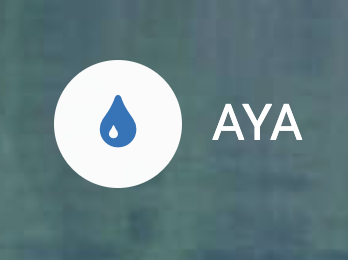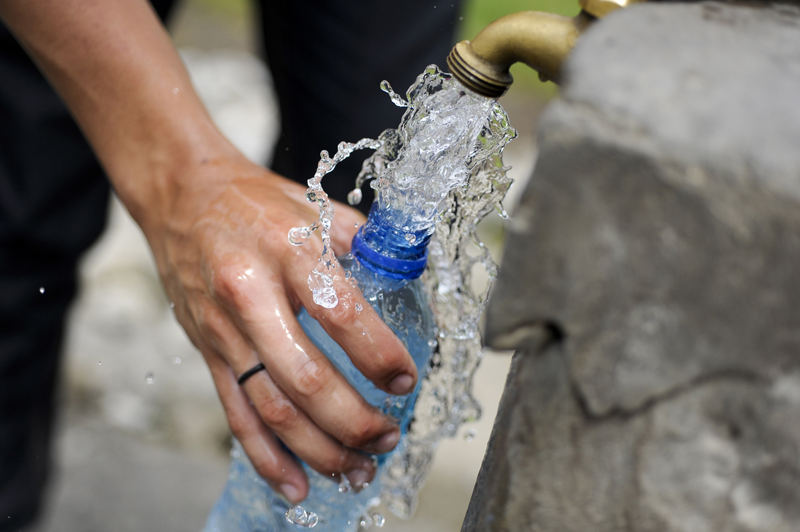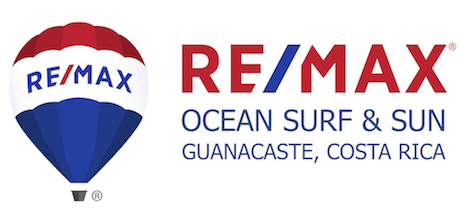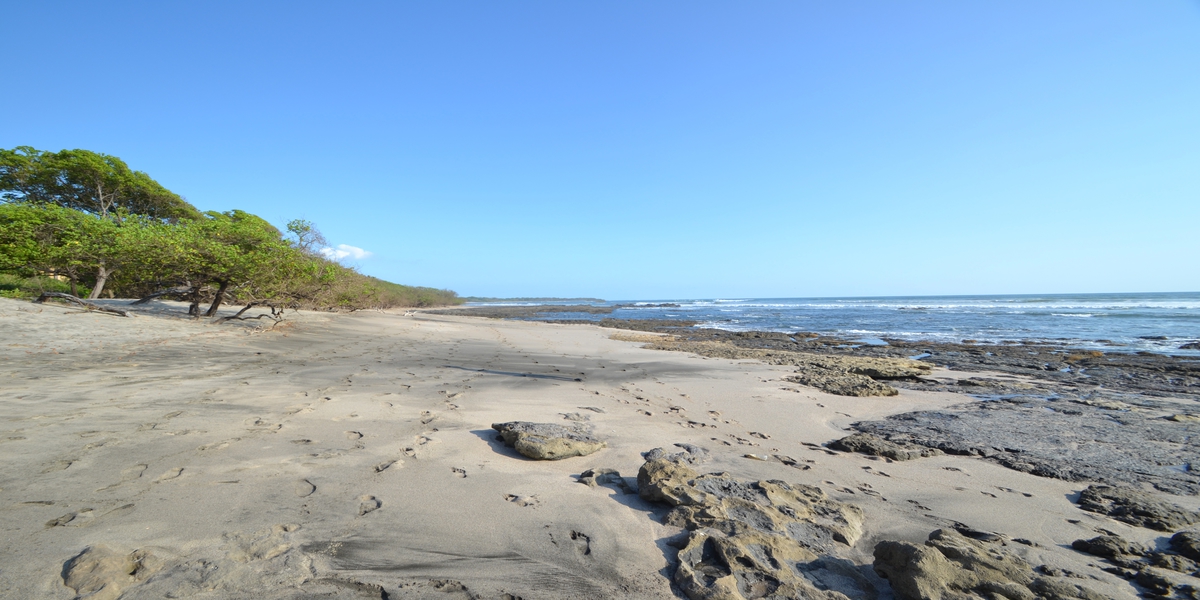 The title may seem like an odd question, but it has great significance for those interested in buying property in Costa Rica with the intention to build. A land buyer considers many factors when evaluating properties. If he plans to build, he will likely ensure that all the basic utilities - water, electricity, and internet are available on or near the lot. But in Costa Rica, it’s not enough to have water available at the building site. To obtain a building permit, you have to have a water letter too, called here a "carta de agua".
The title may seem like an odd question, but it has great significance for those interested in buying property in Costa Rica with the intention to build. A land buyer considers many factors when evaluating properties. If he plans to build, he will likely ensure that all the basic utilities - water, electricity, and internet are available on or near the lot. But in Costa Rica, it’s not enough to have water available at the building site. To obtain a building permit, you have to have a water letter too, called here a "carta de agua".
What is a Water Letter?
What’s a water letter? It is a “letter of service availability for public drinking water”. It is a concession that is granted by a duly constituted authority that states that potable water is available for a certain property. Presently, there are two authorities that can issue water letters: AyA (the Costa Rican Institute of Aqueducts and Sewerage) and an ASADA. AyA is a national government agency that regulates the distribution and use of water. An ASADA is a special type of association that manages and controls hydrological resources in certain rural areas. The ASADAs are authorized and governed by AyA.
Since a water concession is an absolute requirement to obtain a building permit, ask to see the water letter for any property you are considering buying. If the seller doesn't have it, it has to be requested in the due diligence process while your deposit is refundable. And check the date on it, because water letters can expire, and renewal may not be possible. Because of this, it’s risky to buy a lot with the plan to wait for years before building. It may have a valid water letter when you purchase, and by the time you get ready to build, the water letter is no longer current. It is normally given for a period of 6 to 12 months.
What About Gated Communities?
What if I buy in a gated community that has its own water system? Is that enough? Possibly, but you should make sure. Many residential complexes in Costa Rica were subdivided 10 or 20 years ago. The developer built roads, installed electricity, and drilled wells. The shared water was piped throughout the development, and anyone who bought a lot there was allowed to connect to it. However, according to The Tico Times, that straightforward system changed when a new law went into effect in Costa Rica on September 1, 2014. Since then, it’s not enough to have water available at your property. You must also have a water letter in order to obtain a building permit. The new law does not apply to existing construction but does apply to obtaining a building permit for an addition.
In response to the change, some developments connected their community water system to a local ASADA so that lot owners will be able to obtain a water letter issued by the ASADA. Other communities have tried to meet the requirements imposed by AyA to be recognized as their own ASADA. Neither process is simple. Some have endeavored for years to meet the legal requirements to be able to issue water letters and are still not authorized to do so. Sadly, some who bought property in those developments with the hope of building their dream home for retirement have been unable to fulfill that dream because of lack of a water letter.

If the property is 5,000 square meters (1¼ acre) or larger, it is typically considered an agricultural parcel. It doesn’t need water or electricity to be used for agricultural purposes, so you could buy even though those utilities are not available; you would buy it with the disclosure that there's no water and therefore would not get a building permit for a structure on it. However, if such parcel is in a residential gated community with rules requiring the construction of a home, you will need water and would need a water letter to get a building permit.
What if a Water Letter cannot be obtained in the usual way?
Are there any alternatives if a water letter cannot be obtained in the usual way? Jonathan Bogantes, an engineer who has assisted in obtaining several water concessions for private clients, suggests three other methods. The first is to utilize a spring, stream, or river that crosses the property or a rainwater catchment. If the water source is of good quality and has adequate year-round flow, it can be registered and granted a water concession. It is not a simple process and will require a lot of patience and legal advices. A second option is digging a well with machinery. The lengthy process (few years) of soil testing and permit approval makes this alternative too complicated for most. A third method is a hand-dug well. The maximum depth allowed is 21 meters, and it cannot be located within 15 meters of another well or construction. This option is only viable for a single home, but the speed and ease of obtaining a water concession make it the best alternative when the others don’t work. In Guanacaste, those methods are typically refused by the authorities and therefore even not considered as optional since the water is a limited commodity in that province.
The Takeaways
So, what lessons can we learn from this review of water letters? Always check before buying a property in Costa Rica. It’s not enough for a lot to have a source of potable water, it also needs a letter from AyA or an ASADA that confirms the availability of water. And if you do buy a lot that has a water concession, it’s safer to build sooner rather than later. Rules can change, and water letters expire. Therefore, buying a lot with plans of building on it in 10 years may not be the best option. Don’t let a change delay the construction of your dream home in Costa Rica.






